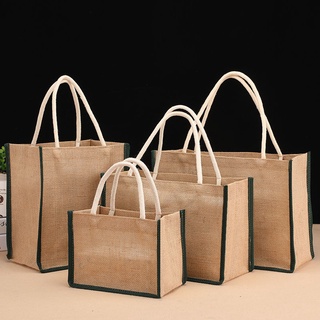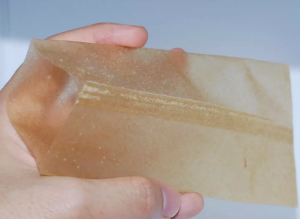In recent years, some achievements have been made in green packaging materials field, which have been popularized and applied in both domestic and global market. Green and environmentally friendly packaging materials refer to those materials that conform to Life Cycle Assessment (LCA) in the process of production, using and recycling, which are convenient for people to use and will not cause excessive harm to the environment, and can be degraded or recycled by themselves after use.
At present, we mostly suggest the eco-friendly materials divided into 4 types: paper products materials, natural biological materials, degradable materials, edible materials.
1. Paper Materials
Paper materials come from natural wood resources. Due to the advantages of rapid degradation, easy recycling and wide application range, paper materials have become the most common green packaging materials with the widest application range and the earliest use time.
However, overuse consumes a lot of wood. Non-wood pulp should be actively used to make paper, such as reed, straw, bagasse, stone etc., instead of wood, which will cause irreversible damage to the environment.
After the use of paper packaging, it will not cause pollution damage to the ecology, and can be degraded into nutrients. Therefore, in today’s fierce competition of packaging materials, paper packaging still has a place, with its unique advantages.
2. Natural biological materials
Natural biological packaging materials mainly include plant fiber materials and starch materials, the content of it is above 80%, with the advantages of no pollution, renewable, easy processing and also with elegant and practical features. After using, the abandoned nutrients can be converted and realize ecological cycle.
Some plants are natural packaging materials, as long as a little processing can become a natural flavor of packaging, such as leaves, reeds, calabash, bamboo, etc. These packages have beautiful appearance and cultural flavor, which can make people feel back to nature and have the feeling of original ecology.
3. Degradable materials
Degradable materials are mainly based on plastic, adding photosensitizer, modified starch, biological degradation agent and other raw materials, to reduce the stability of traditional plastic, accelerate its degradation speed in the natural environment to reduce pollution to the natural environment. According to different degradation methods, they can be divided into biodegradable materials, photodegradable materials, thermal degradable materials and mechanical degradable materials.
At present, the more mature traditional degradable materials are mainly used, such as starch base, polylactic acid, PVA film; Other new degradable materials, such as cellulose, chitosan, protein and other degradable materials also have great development potential.
4. Edible materials
Edible materials are mainly materials that can be eaten directly or ingested by the human body. Such as: lipid, fiber, starch, protein, and other renewable energy. With the progress of science and technology, these materials become increasingly mature and gradually rise in recent years, but because they are food-grade raw materials, and strict sanitary conditions are required in the production process which results in high costs.
For low carbon environmental protection packaging, the development of new green packaging materials must be indispensable, at the same time packaging design should be practical. The environmental protection packaging materials in packaging design will become one of the mainstream applications in the future.
Through the improvement of the structure design, lightweight design, increasing the recycling and using of materials, we will achieve the effect of multi-purpose, so as to reduce the use of natural resources.
Post time: Aug-05-2022








